István Németh
Wie kann eine Ehe gerettet werden? Die Auslegung der Kirchenväter und andere Interpretationen von Hosea 2,16
Eastern Theological Journal 10 (2024) 1-2, 157-170
Content
1. Einführung; 2. Ehemetapher; 3. Die Interpretation der Väter; a. Theophylakt von Ohrid; b. Theodor von Mopsuestia; c. Cyrill von Alexandrien; 4. Die Textinterpretation; 5. Zusammenfassung
ABSTRACT
This study examines the meaning of Hosea 2:16, in which the prophet Hosea demonstrates a true change in his attitude toward his wife Gomer, who has committed adultery. Instead of repulsion, the prophet’s forgiveness and the renewal of their relationship become evident. The most important question regarding the exegesis is how the word פתה , which describes the changing behavior of the prophet, should be understood. Firstly, the interpretations of Theophylakt of Ohrid, Theodor of Mopsuestia, and Cyril of Alexandria regarding this expression and their explanations of the change in the situation will be explored. The results show that they had a strong historicaltheological basis for their interpretations. Following this, another possible explanation of the text will be proposed based on the personal view of the prophet, who wrote about his own experiences, which will be supported by the occurrences of the verb פתה to gain an interpretation of his actions. Finally, the results of the patristic exegesis will be compared with another point of view of interpretation.
